What causes the motor shaft to break? How to avoid it?
Date:2024-03-14 Author:XINDA MOTOR
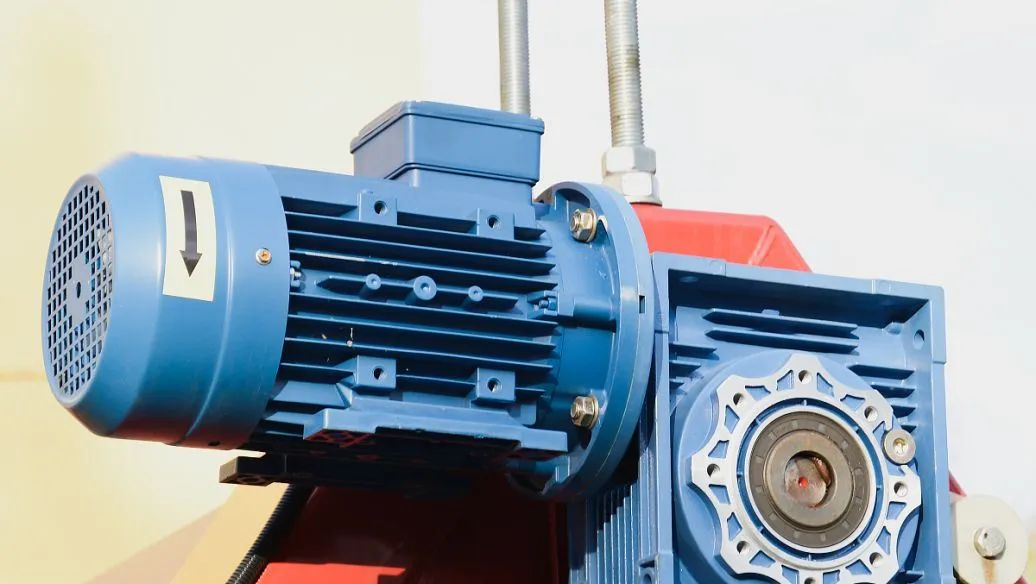
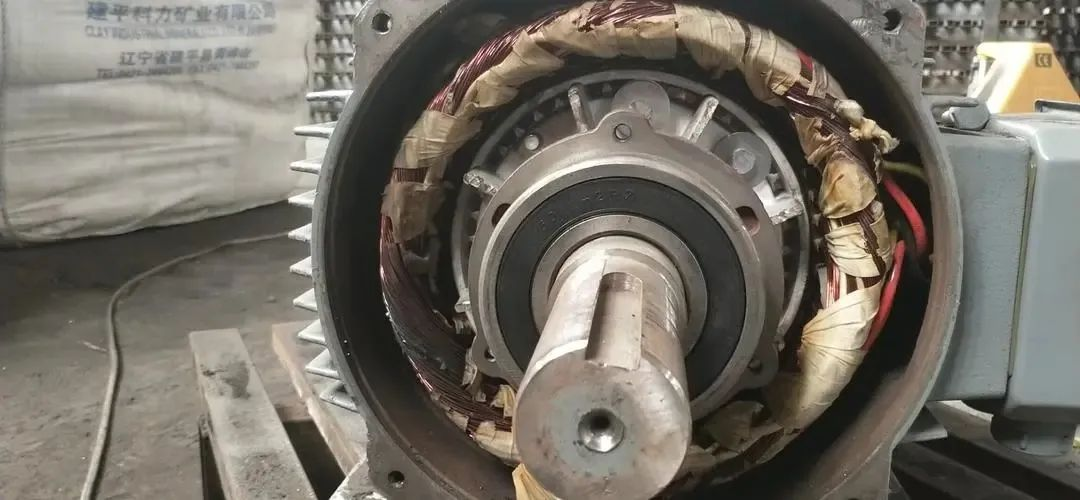
01 Overload<<<<
02Unbalanced load<<<<
03Shaft material problem<<<<
04Bearing failure<<<<
05Design or manufacturing defects<<<<
06Vibration and Shock<<<<
07Temperature problem<<<<
08 Improper maintenance<<<<
01 Choose the correct motor
02 Balance load
03 Use high-quality materials
04 Regular maintenance
05 Control the temperature
06 Adjustments and corrections
07 Training operators



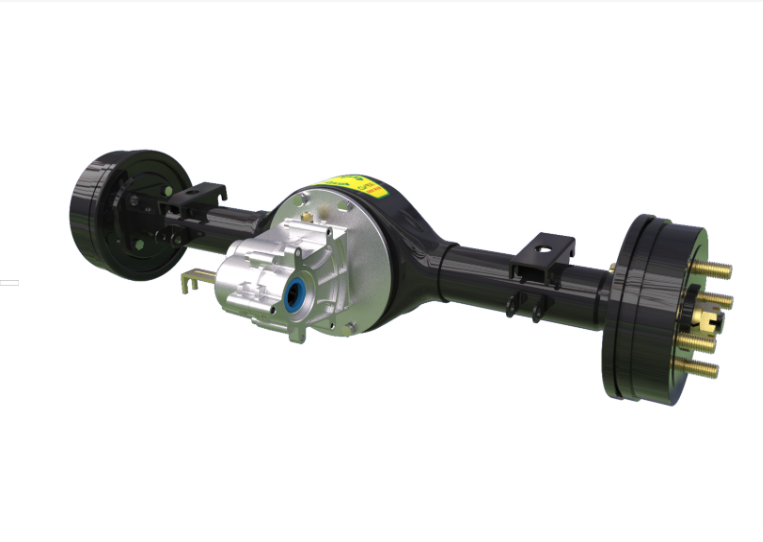
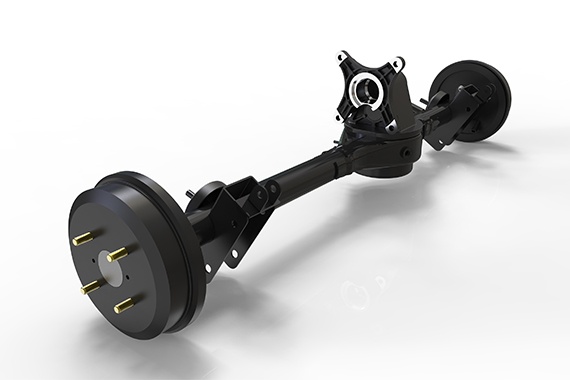

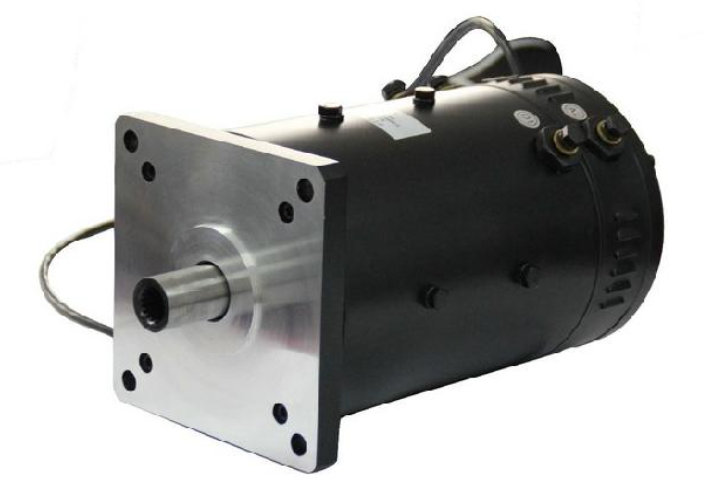
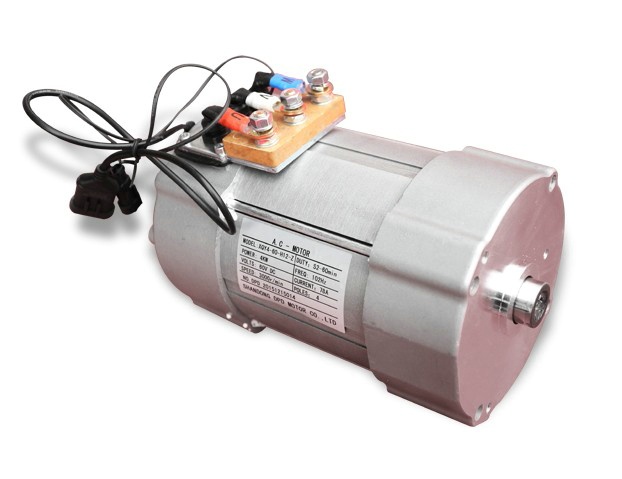
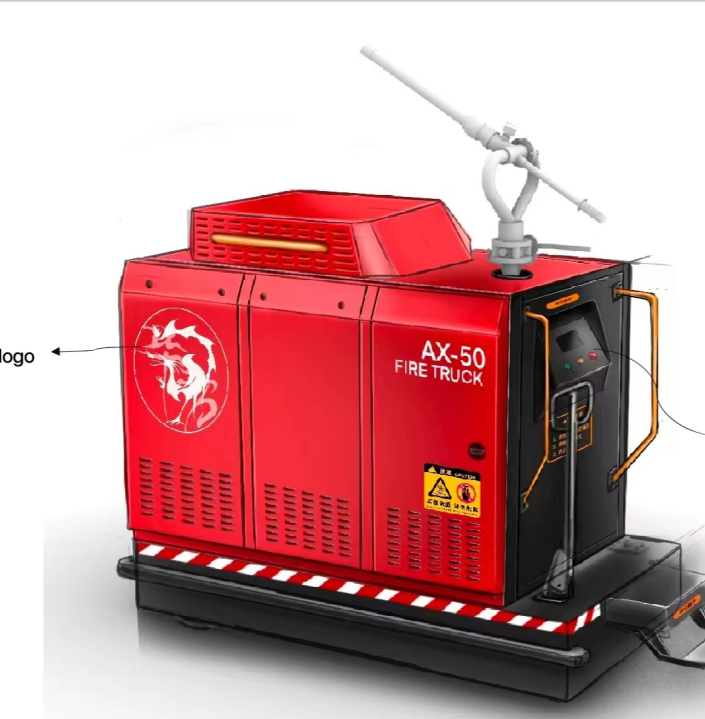


















 XINDA
XINDA